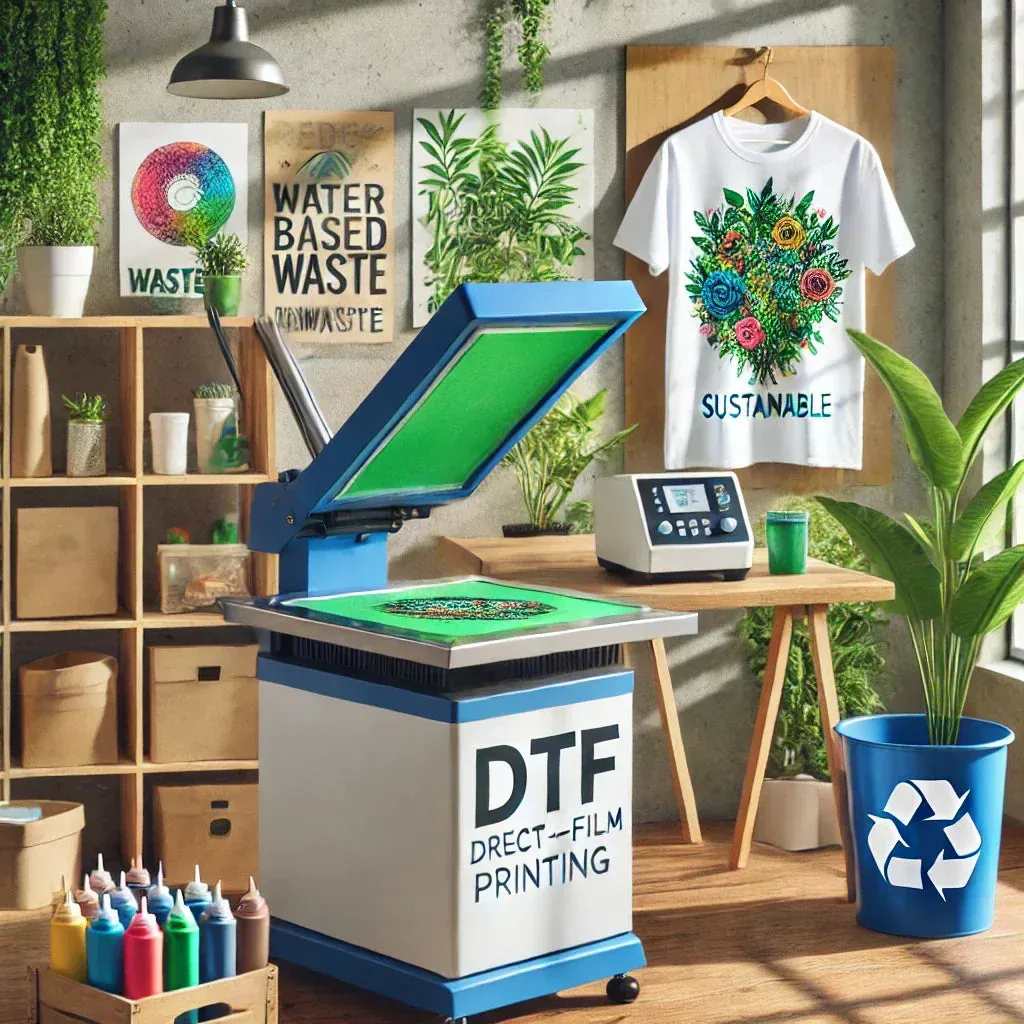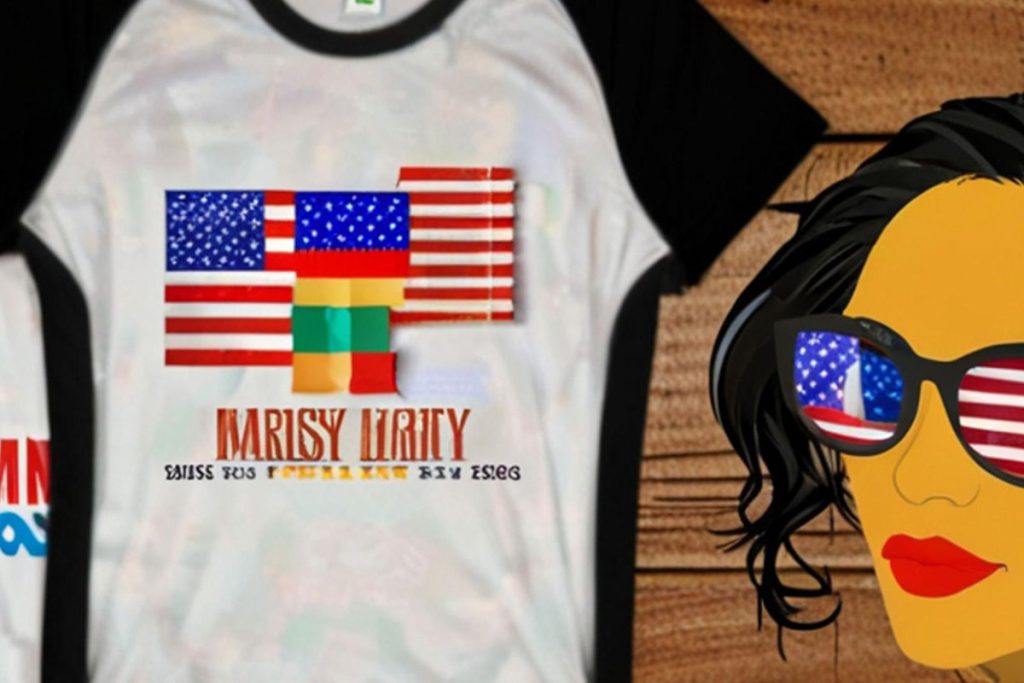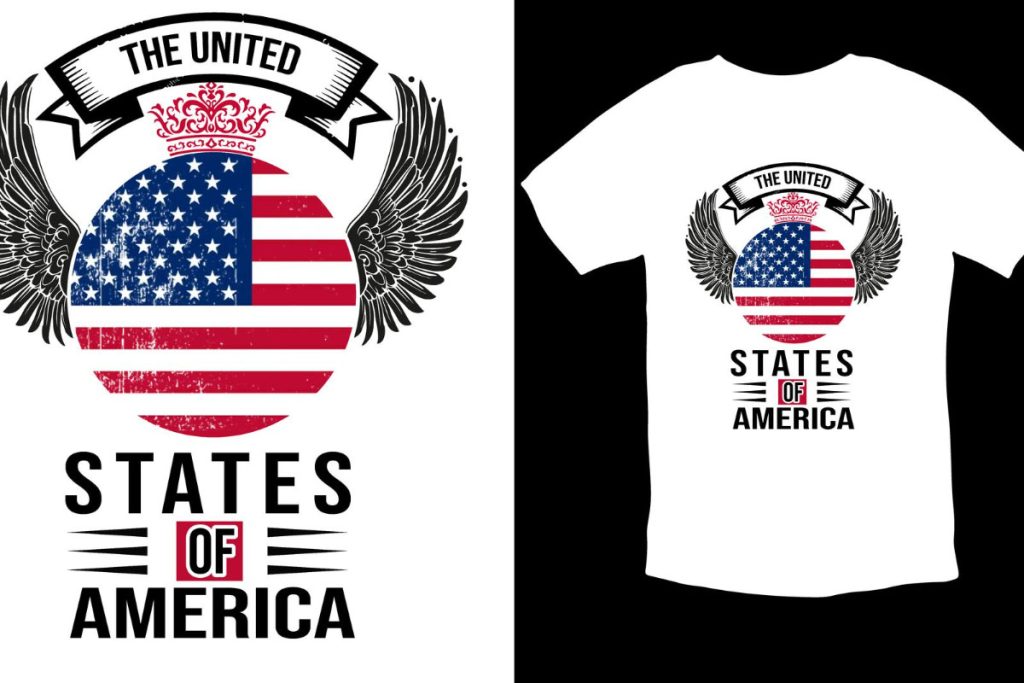The Environmental Impact of UV DTF Printing is an increasingly important subject in the conversation about modern printing technologies and their sustainability profiles. As industries pivot towards eco-friendly printing technologies, UV DTF printing garners attention both for its impressive output quality and its perceived advantages in environmental impact. However, concerns regarding DTF printing’s sustainability remain, as stakeholders weigh the benefits against potential drawbacks. This article delves deep into the nuances of UV printing sustainability, exploring factors such as energy consumption, material usage, and regulatory challenges that impact its ecological footprint. Through a comprehensive review of the life cycle analysis of UV DTF printing, we aim to clarify whether this process truly represents a sustainable choice for today’s conscientious manufacturers.
In the realm of digital printing, the assessment of how processes like Direct to Film (DTF) UV printing affect our environment is critical. The dialogue surrounding DTF printing concerns highlights the potential ecological and health implications tied to traditional inks and materials used in this technology. As the demand for greener alternatives heightens, understanding UV LED printer benefits becomes essential to evaluate their role in promoting sustainability across the printing landscape. Additionally, the exploration of eco-conscious printing methods helps uncover innovative practices designed to mitigate waste and energy consumption. Analyzing these aspects will shed light on the pressing need for a robust evaluation of current printing practices and their long-term effects on our planet.
Overview of UV DTF Printing Technologies
UV DTF printing is a groundbreaking technique that utilizes ultraviolet light to cure inks onto a film, making it suitable for various substrates. This technology is gaining traction due to its ability to deliver high-quality prints with a vibrant color palette while reducing production times. Unlike traditional methods, which often require larger setups and longer drying times, UV DTF printing streamlines the process, enabling quicker turnarounds for custom printing needs.
The innovation of UV DTF printing caters to diverse industries, from fashion to interior design, showcasing its versatility and increasing demand. In addition to its aesthetic qualities, UV DTF printing presents an opportunity for businesses to adopt more efficient manufacturing practices, aligning with modern sustainability principles. However, the industry’s transition towards eco-friendly alternatives is critical to address existing concerns about environmental impact.
The Environmental Impact of UV DTF Printing
The environmental impact of UV DTF printing encompasses several factors, including energy consumption, material choices, and waste generation. While this technology has been labeled as more sustainable than traditional printing methods, its overall environmental assessment is complex. The energy utilized during the curing process can vary significantly depending on whether conventional UV lamps or advanced UV LED systems are employed. The latter provides significant benefits, including reduced energy use and longer life spans, ultimately contributing to a smaller carbon footprint.
Moreover, the inks and substrates used in UV DTF printing play a pivotal role in its environmental footprint. Innovative eco-friendly inks with low VOC emissions showcase a commitment to reducing air pollution. However, while some materials are recyclable, the reliance on plastics in traditional DTF transfers raises concerns about waste management and landfill contributions. Thus, evaluating the environmental impact of UV DTF printing requires a nuanced understanding of both its benefits and challenges.
UV Printing Sustainability Practices
Sustainability practices in the printing industry are increasingly essential, and UV DTF printing is no exception. Manufacturers are implementing eco-friendly processes to mitigate adverse effects on the environment. The move towards water-based inks and non-toxic formulations exemplifies a broader trend within the industry to promote sustainability while maintaining quality. These inks not only reduce harmful emissions but also enhance the durability of prints, enabling longer product lifespans.
Additionally, countless printing businesses are prioritizing energy efficiency by integrating UV LED technologies. As a result, the industry witnesses reduced energy costs, making it an economically sound decision alongside its environmental advantages. Embracing sustainable practices in UV printing not only adheres to regulatory requirements but also attracts environmentally conscious consumers, cementing a brand’s reputation in the competitive market.
DTF Printing Concerns and Challenges
Despite the benefits associated with UV DTF printing, there are notable concerns and challenges that stakeholders must address. One major issue is the initial cost of UV DTF systems, which can be a significant investment for smaller businesses. Additionally, the learning curve associated with operating advanced printing technologies may deter some users from fully adopting the method.
Furthermore, the use of specific inks and substrates remains a concern. While there are progressive efforts to develop eco-friendly inks, the market is still saturated with solvent-based inks that pose environmental risks. DTF printing’s reliance on non-biodegradable plastics also raises questions about waste disposal and recycling, stressing the need for improved alternatives and practices within the industry.
UV LED Printer Benefits for Sustainability
UV LED printers present a remarkable shift in sustainability practices within the printing landscape. Their energy-efficient operation not only minimizes power usage but also optimizes the curing process, leading to reduced overall environmental impact. With UV LEDs, printers can achieve faster curing times, which not only improves productivity but also decreases the risk of print defects, reinforcing the value of quality in eco-friendly production.
Moreover, the longevity of UV LED technology contributes to sustainability goals, as these systems typically require less frequent replacement compared to traditional UV lamps. This significant reduction in waste generation aligns with broader environmental initiatives. As the printing industry continues to innovate, UV LED technology will play a crucial role in addressing sustainability challenges while providing high-quality printing capabilities.
Life Cycle Analysis of UV DTF Printing
Conducting a Life Cycle Analysis (LCA) of UV DTF printing is essential to comprehensively evaluate its sustainability credentials. This assessment examines every phase, from material sourcing and manufacturing to product use and disposal, thereby allowing companies to identify areas for improvement. Initial studies indicate that while UV DTF printing holds advantages in energy efficiency and waste reduction during the use phase, it is crucial to balance these benefits against resource consumption and pollution during production.
An informed LCA also encourages continuous improvement and innovation in UV DTF printing technologies. By analyzing different production methods, options for recyclable materials, and energy-efficient technologies, the industry can make informed decisions that enhance sustainability. The holistic view provided by LCA facilitates the identification of solutions that support long-term environmental goals within the printing sector.
Frequently Asked Questions
What is the environmental impact of UV DTF printing compared to traditional printing methods?
The environmental impact of UV DTF printing is generally viewed as lower than that of traditional printing methods, primarily due to its use of energy-efficient UV LED systems. These systems require less energy for curing, thus reducing the overall carbon footprint. Additionally, UV DTF printing often employs low VOC inks, contributing to better air quality compared to solvent-based inks used in conventional printing.
How does UV printing sustainability affect material selection in DTF printing?
UV printing sustainability significantly impacts material selection in DTF printing by encouraging the use of eco-friendly inks and substrates. Manufacturers are increasingly opting for water-based inks and recyclable materials to reduce environmental harm. This shift helps minimize waste and pollution, aligning with sustainable practices in the printing industry.
What are the main DTF printing concerns regarding waste management and eco-friendliness?
One of the main DTF printing concerns is the waste generated from non-biodegradable substrates, such as conventional plastic films. While UV DTF printing offers some advantages in terms of ink sustainability, proper waste management remains critical to address environmental challenges. Developing recyclable and biodegradable alternatives is essential for enhancing the eco-friendliness of DTF printing.
What benefits do UV LED printers offer in terms of reducing the environmental impact of UV DTF printing?
UV LED printers offer significant benefits that help reduce the environmental impact of UV DTF printing by consuming less energy during the curing process and having longer lifespans than traditional UV lamps. This reduces the carbon footprint of the printing process and aligns with sustainable practices by enhancing overall energy efficiency.
How can life cycle analysis (LCA) improve our understanding of the environmental impact of UV DTF printing?
Life cycle analysis (LCA) enhances our understanding of the environmental impact of UV DTF printing by evaluating every stage of the product’s lifecycle, from raw material sourcing to production and disposal. Through LCA, stakeholders can identify areas for improvement and sustainability, ensuring that the full environmental implications of UV DTF printing are considered.
What regulatory frameworks affect the eco-friendliness of UV DTF printing technologies?
Regulatory frameworks, such as the EU’s REACH regulations, significantly affect the eco-friendliness of UV DTF printing technologies by mandating safer chemical alternatives and practices. Compliance with these regulations not only enhances sustainability but also protects manufacturers from legal issues arising from non-compliance, encouraging a shift towards more environmentally friendly printing solutions.
| Aspect | Key Points |
|---|---|
| Sustainability Claims | UV DTF printing is believed to be sustainable, but energy consumption is a concern. |
| Energy Consumption | Modern UV LED systems reduce energy consumption compared to traditional UV lamps. |
| Material Usage | Use of water-based inks and low VOCs, but plastic waste is still a challenge. |
| Life Cycle Analysis | A comprehensive LCA is necessary to ascertain true sustainability benefits. |
| Regulatory Perspectives | Compliance with regulations like REACH is crucial for sustainability in UV DTF printing. |
| Future Directions | Focus on enhancing UV LED technology and developing biodegradable inks. |
Summary
The environmental impact of UV DTF printing remains a complex issue that requires careful examination. While advancements in UV LED technology and the use of more eco-friendly inks signal progress toward sustainability, significant challenges persist, particularly regarding energy consumption and waste management. The overall environmental credentials of UV DTF printing call for a thorough life cycle analysis to ensure that its purported benefits truly outweigh the ecological costs associated with traditional printing methods. As the industry navigates regulatory landscapes and embraces innovative practices, stakeholders must remain vigilant in assessing and evolving these technologies to align with sustainable goals.



